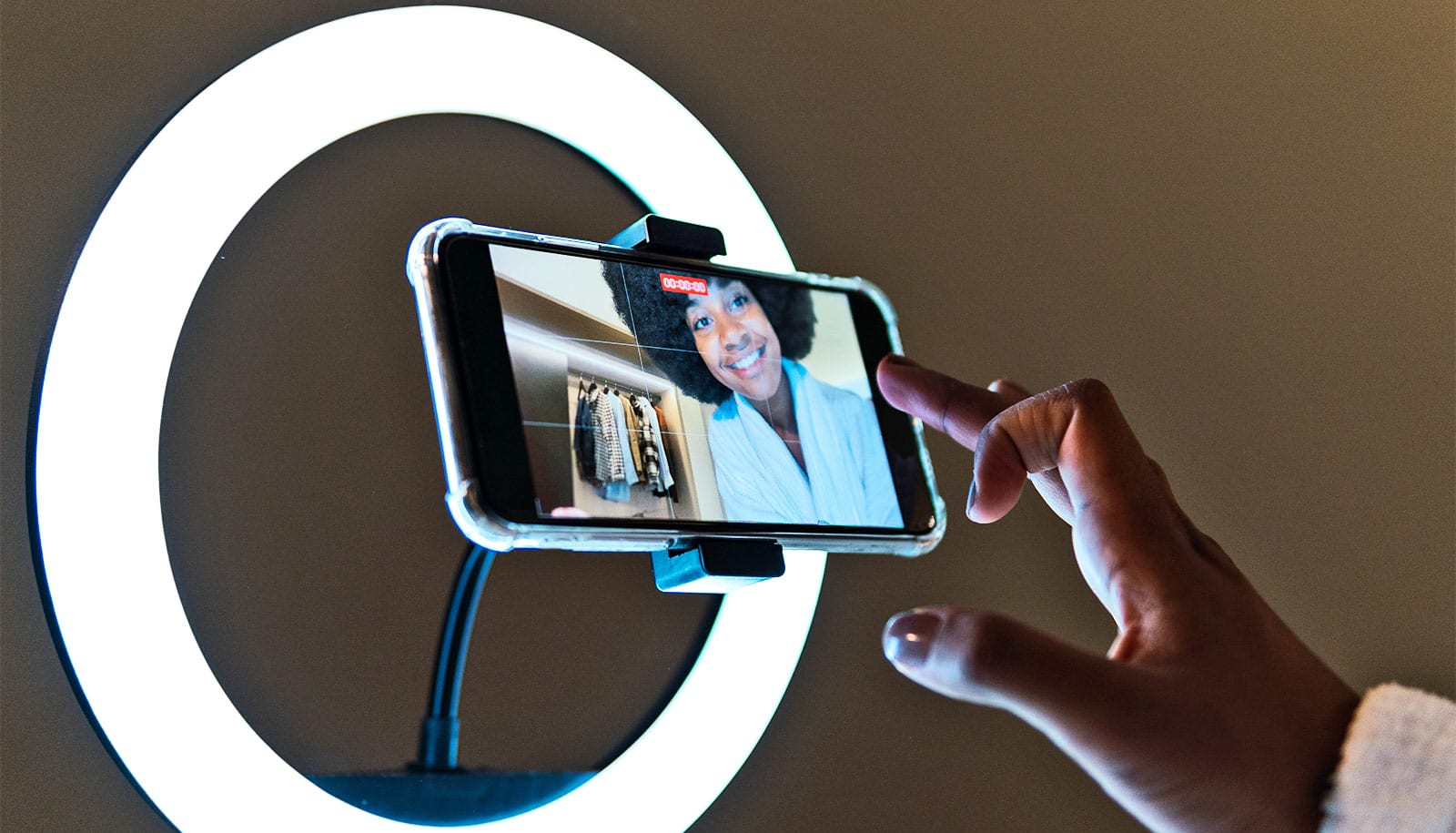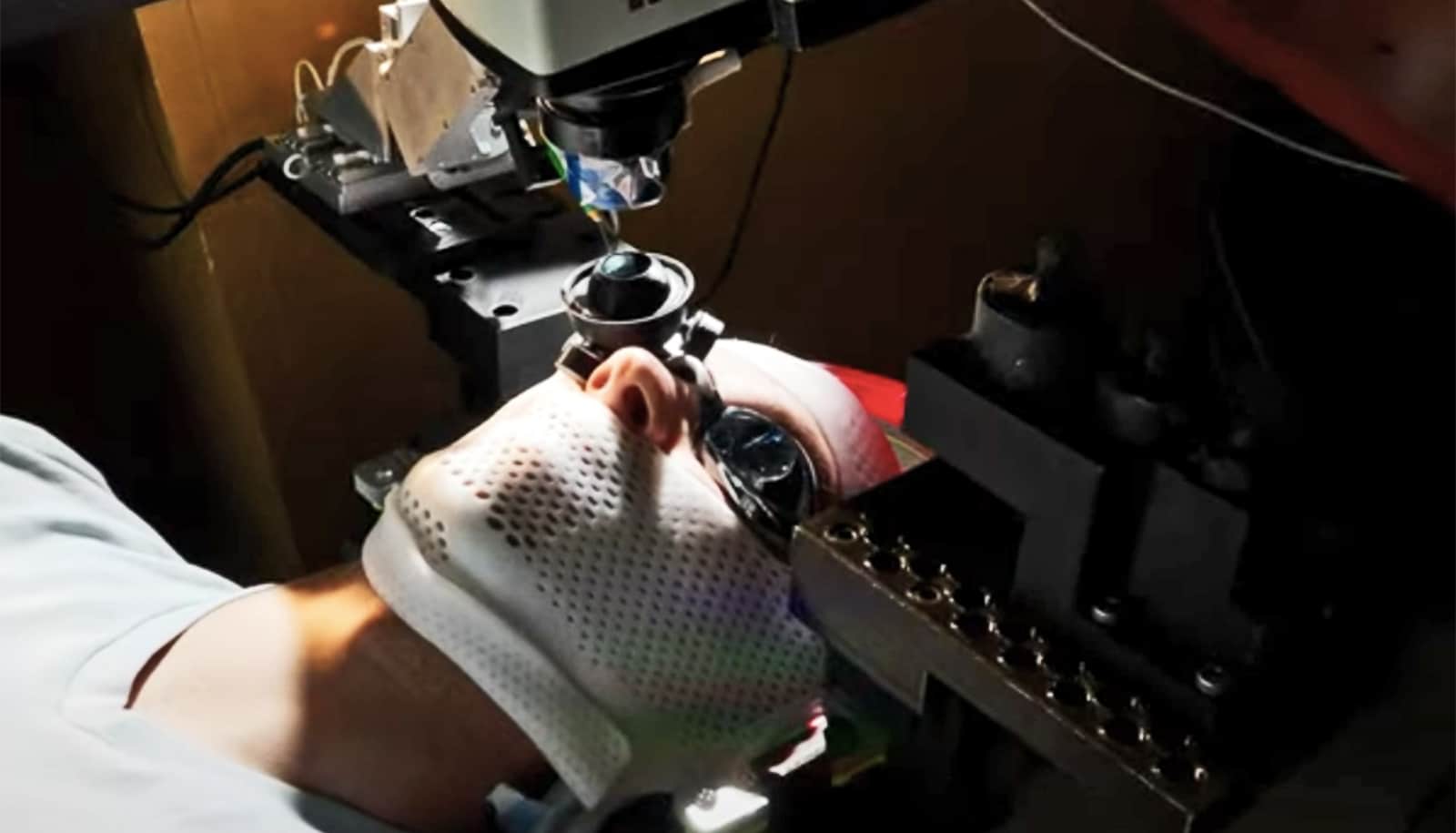The majority of providers advertising aesthetic surgery services on Instagram are not board certified-plastic surgeons, report researchers.
Young people—who increasingly want to improve their appearance for Instagram, Snapchat, and other social media channels—are particularly taken in, but don’t often understand who is qualified to perform procedures.
“This is a very scary finding,” says Robert Dorfman, a third-year medical student at Northwestern University Feinberg School of Medicine and first author of the study in the Aesthetic Surgery Journal.
“Providers—ranging from physicians who are not licensed in plastic surgery to dentists, hair salon employees, and barbers—are doing procedures for which they do not have formal or extensive training. That’s extremely dangerous for the patient.”
Physicians such as gynecologists and emergency medicine doctors advertise cosmetic surgery procedures services for which they are not board certified, experts warn.
“A cosmetic surgeon is not necessarily the same thing as a board certified plastic surgeon, and patients need to be made aware of this,” Dorfman says.
“The confusing marketing on social media is putting people at risk.”
Even more concerning: hair salons, dentists, barbers, and spas with no associated physician market plastic surgery procedures on Instagram.
“The confusing marketing on social media is putting people at risk,” says senior study author Clark Schierle, a health system clinician of surgery. “There have been many recent reports of patient harm and deaths resulting from inexperienced providers offering services outside of their area of expertise.”
A previous study by plastic surgeon John Kim reported a nearly 300 percent increase in the number of complications for panniculectomies (removal of a hanging flap of loose skin and fat from the abdomen) performed by non-plastic surgeons compared with board-certified plastic surgeons.
Schierle has operated on numerous patients to correct botched surgeries by non-certified plastic surgeons. One patient had complications from a botched tummy tuck by the general surgeon who performed her weight loss or bariatric surgery.
“Although a tummy tuck may seem like a straightforward removal of skin and fat, there are several variations in the technique that allow us to optimize the results for individual patients that can only be learned in the setting of the full spectrum of plastic surgery residency training,” Schierle says.
He’s also cared for several patients who traveled overseas for cheaper plastic surgery and required revision surgery for infections, poor stitching, delayed wound healing, and poor scar placement, among other problems. “It can be harder to understand proper credentialing and licensing of providers overseas, and you often get what you pay for.”
For the new study, researchers examined the types of providers marketing body-contouring procedures including breast augmentation, facial surgery, gluteal buttocks augmentation, and liposuction. The study also identified what plastic surgery content is being posted and what hashtags are being used.
“All these procedures had a mix of people marketing them who were not licensed plastic surgeons,” Dorfman says.
“Someone uninformed might think ‘why do I need to pay higher fees for a board-certified physician to do injections or fillers? It seems so simple—can’t just anyone do it?’ Definitely not. The blood vessel supply in the body is very intricate. If you accidentally inject something into a vein and it then goes into your lungs, it can kill you. There are numerous reports of this.”
Hashtag analysis
Researchers looked at 21 Instagram plastic surgery-related hashtags. They used content analysis to qualitatively evaluate each of the nine top posts associated with each hashtag (189 posts). The top post is the one with the most engagement that shows up at the top of the feed based on Instagram’s proprietary algorithm for ranking posts. Duplicate posts and those not relevant to plastic surgery were excluded. A total of 1,789,270 posts utilized the 21 hashtags sampled in the study.
“…as a responsible clinician, the term ‘boob job’ sends shivers down my spine…”
Of the top 189 posts for these 21 queried hashtags, 163 posts met inclusion criteria. Plastic surgeons eligible for membership in ASAPS accounted for only 17.8 percent of top posts, whereas non-eligible physicians accounted for 26.4 percent. They included otolaryngologists, dermatologists, general surgeons, gynecologists, family medicine physicians, and an emergency medicine physician.
All non-plastic surgery-trained physicians marketed themselves as cosmetic surgeons. Nine top posts (5.5 percent) were by non-physicians, including dentists, spas with no associated physician, and a hair salon.
More than half of all selfies fall into this category
The majority of these posts were self-promotional (67.1 percent) as opposed to educational (32.9 percent). Board certified plastic surgeons were significantly more likely to post educational content to Instagram as compared to non-plastic surgeons (62.1 percent versus 38.1 percent.)
Fighting back on Instagram
“As patients increasingly rely on social media to choose their provider, it is critical to understand the ecosystem of online platforms available to patients,” Schierle says. “It is critical that board-certified plastic surgeons use social media like Instagram as a platform to educate patients about the risks of surgery.”
The challenge is for plastic surgeons to get their educational content noticed on Instagram. That might mean forgoing an “aesthetic surgery” hashtag for “cosmetic surgery.”
“Using the term ‘boob job’ as opposed to ‘breast augmentation’ would allow you to reach more patients,” Schierle says. “But for me, as a responsible clinician, the term ‘boob job’ sends shivers down my spine and is highly inappropriate from many standpoints.”
“It behooves us to find a balance between elegant terminology and terms that are overly colloquial so consumers can find the information online,” Schierle says. “We don’t want to stoop below our ethical standards. We have to strike a balance where we understand and engage using natural language that the lay public is using if we ultimately want to have a positive impact on patient education and safety.”
Who’s the real expert?
A board-certified plastic surgeon is a doctor with more than six years of surgical training and experience, with at least three years specifically in plastic surgery. Following completion of medical school, a board-certified plastic surgeon serves first as a surgical resident for at least three years where he or she undergoes training in all aspects of surgery and then three years of focused plastic surgery training.
Using lots of social media accounts linked to anxiety
The process can take six to eight years, and many doctors further their training in fellowships including microvascular, craniofacial, hand pediatric and aesthetic surgery.
A practitioner referring to herself or himself as a cosmetic surgeon might belong to any medical specialty. He or she could be a general surgeon, gynecologist, dermatologist, family physician, or internist who has decided they want to perform cosmetic procedures.
The training can be anywhere from a one-year cosmetic surgery fellowship to a handful of short weekend courses on topics ranging from how to perform liposuction to how to utilize injectables or place breast implants.
Source: Northwestern University



